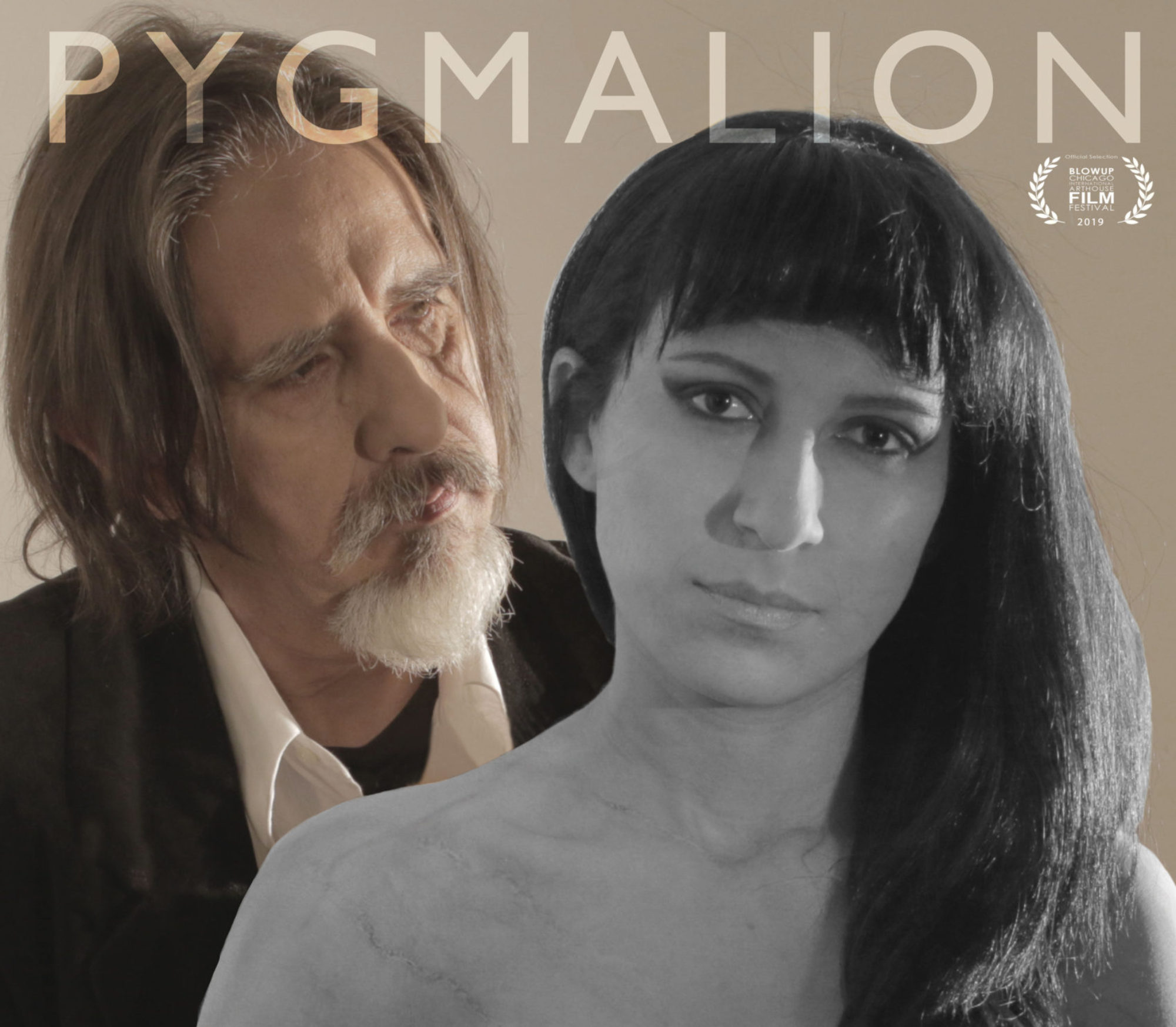By Philippe Chouvel
Published in Sueurs Froides on August 7, 2014 (Translated from French)
Could Bolivia be the new haven of independent cinema? Given the output of Pachamama Films in recent years … there’s no doubt.
While on a photo shoot, Soledad is approached by a strange man by the name of Bluebeard. He seduces her, she falls under his spell. Soledad goes to live in the domain of her lover and future husband, a large secluded property in the depths of his vineyards. The passion that began their relationship soon yields to boredom. In her gilded prison, Soledad only sees Bluebeard, and Walter, the estate manager. Days go by, and then Bluebeard tells her he has to go away.
He entrusts her with the keys to the property, stating that she can go wherever she wants, except for one room, to which access is strictly prohibited. Of course, curiosity is stronger, and Soledad enters the room in question. She finds a diary in which her husband recorded his main activities. With horror, Soledad realizes that Bluebeard has lived with several women … relations which always ended with the death of his conquests. Bluebeard is perverse as well as a murderer, and Soledad guesses her fate will be the same as that of the women who have gone before her.
Barbazul (Barbe Bleue) is a popular tale made famous by Charles Perrault in 1697, inspired by the myth of the Ogre. The story of this wealthy and evil character, whose beard with gray-blue tones gives him a cruel and disturbing aspect was quickly adapted from the onset of film by Georges Méliès in 1901 Subsequently, several filmmakers were interested in the character and adapted it in their own way, such as George Edgar Ulmer (1944), Christian-Jaque (1951), Edward Dmytryk (1972) and Catherine Breillat (2009).
The last installment of BLUEBEARD comes from Bolivia, through the Pachamama Films team, spearheaded by Jac Avila and Amy Hesketh.

Actress, producer and writer, Amy Hesketh dones the cap of director for the second time (after SIRWINAKUY in 2010) to deliver her own vision of the universally known character (also writing the script, and embodying one of the victims of Bluebeard). Using La Paz and its surroundings, this contemporary adaptation proves exotic in many respects, not only in the image but also in the chosen treatment. Amy Hesketh kept only the outline of the story, with some modifications as the personality of Bluebeard, who is no longer extroverted, exuberant, but rather a withdrawn man, taciturn, very cool and speaking little. This last point leads to a film that includes long stretches of silence, having the effect of increasing the already palpable tension. The protagonists move in a tense atmosphere, heavy, where eyes speak louder than words.
Barbazul (a contraction of Barba Azul, Bluebeard in Spanish) is interpreted by Jac Avila, terrifying to perfection, mixing Landru by his seductions (charming his prey), with an Albert DeSalvo side (the Boston Strangler, who killed a dozen women during the years 1962/1964). He manages to give body to a poor soul, after all, whose life is centered in habits. routines as when he uses the same procedure when seducing each woman. Bluebeard is primarily subject to his desires, usually sexual, where he shows a taste for sadomasochism. He ends inexorably strangling his victim when he is upset by her. This can range from a simple difference of opinión, to a refusal to obey him. Barbazul is a sex maniac whose deviance seems to have no limit, sometimes indulging in necrophilia.
In form, the film is structured as the alternation between the present time, with the character of Soledad as the last “conquest” of Barbazul, and flashbacks, when Soledad discovers the diary of her lover and learns what has happened to the prior mistresses of Barbazul. The viewer then follows each of the victims of the serial killer from their first meeting to their killing.
The actresses in Barbazul show, overall, a great sense of realism when they undergo the ultimate punishment from their torturer. The killings, which resemble long agonies seem so real that the viewer cannot help but feel a sense of unease. Great performances from Mila Joya, Veronica Paintoux and Amy Hesketh in the relevant passages that follow generally an erotic scene. Obviously Amy Hesketh has sought to describe (effectively) the close relationship between Eros and Thanatos, an inseparable pair that are total opposites, and yet they meet, and that has proven to be a popular subject in art for centuries .
Death and eroticism are the two pillars of this work in which Amy Hesketh demonstrates great maturity despite her young age. We cannot wait to discover her fourth feature film (in post-production at the time this column was written) OLALLA, based on a story by Robert Louis Stevenson published in 1885, about a family of vampires.
After adapting Bluebeard and the Marquis de Sade (with LE MARQUIS DE LA CROIX), Amy Hesketh draws her inspiration again from classic literature, and, as with Jac Avila’s DEAD BUT DREAMING (shot in 2013), she deals in turn with the subject of vampirism. Certainly, this is a duo that has not stopped surprising us. Could Bolivia be the new haven of independent cinema? Given the output of Pachamama Films in recent years … there’s no doubt.










